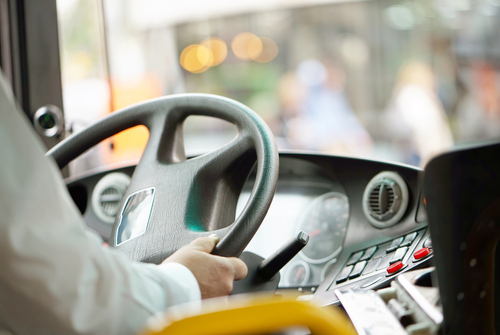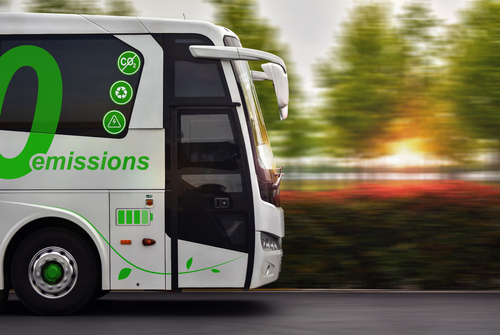BSOG Step 3 – don’t miss out on the incentives
Over the years the DfT have introduced incentives to boost operators BSOG payments – from increased rates for using Automatic Vehicle Location (AVL) equipment and smartcard ticket machines, through to additional payments for operating Low Carbon Emission Buses (LCEBs). For some operators, these incentives have a significant impact on the BSOG claim value.
To ensure you don’t miss out on incentives that you are entitled to, ask yourself the following questions when preparing your BSOG claim:
Take the hassle out of claiming
For a free consultation on assisting you with your BSOG claim, get in touch with our expert Matthew Hanlon by completing the online form or call 01527 556940.



